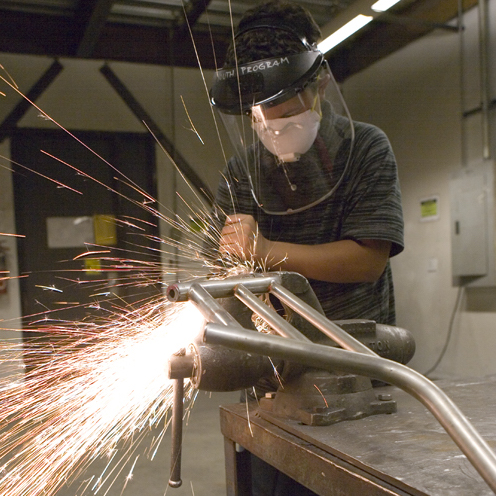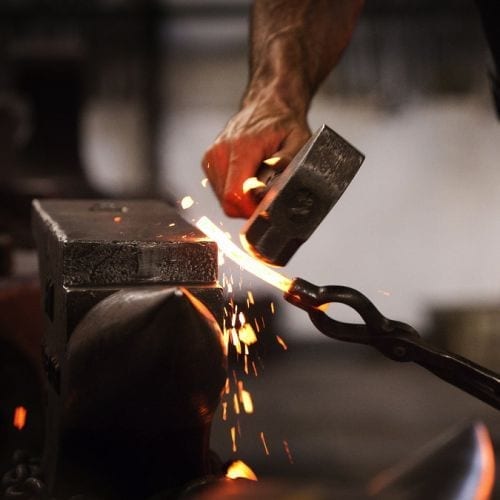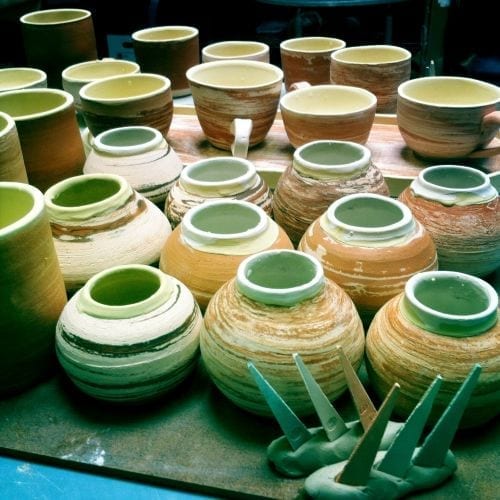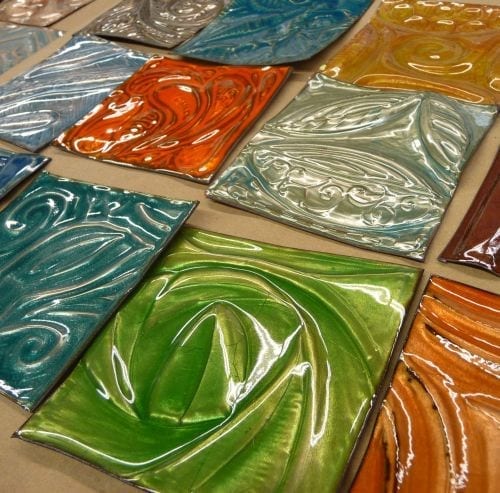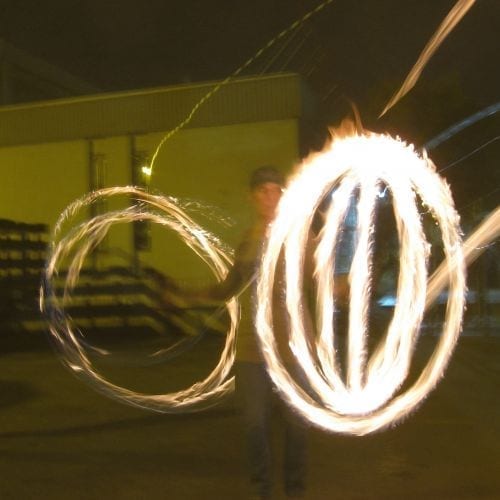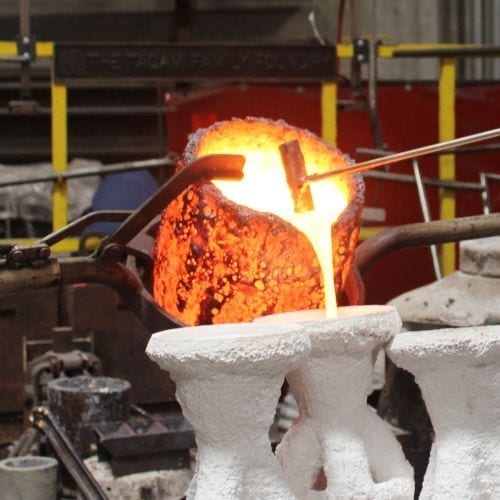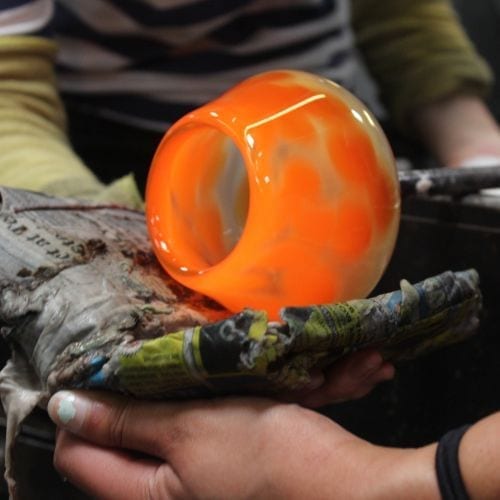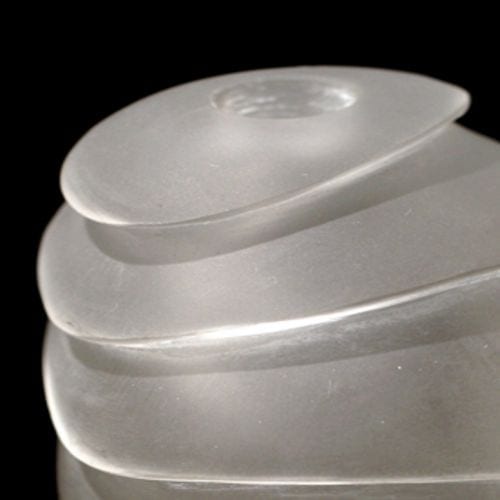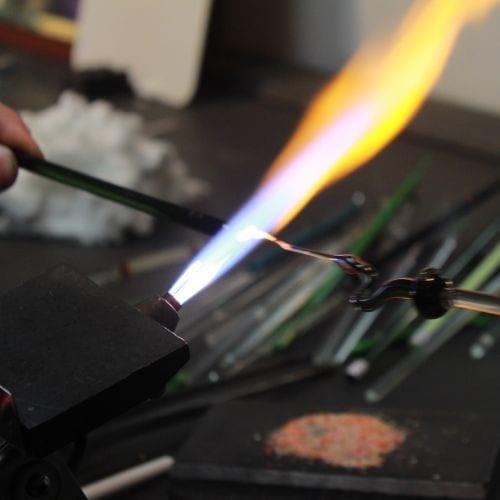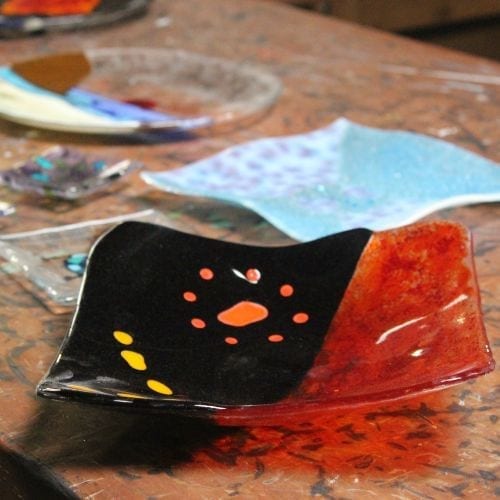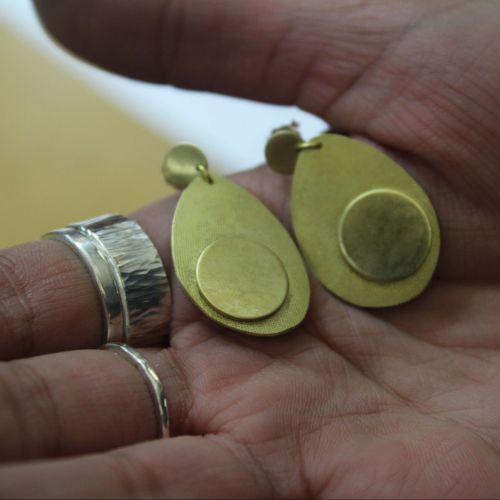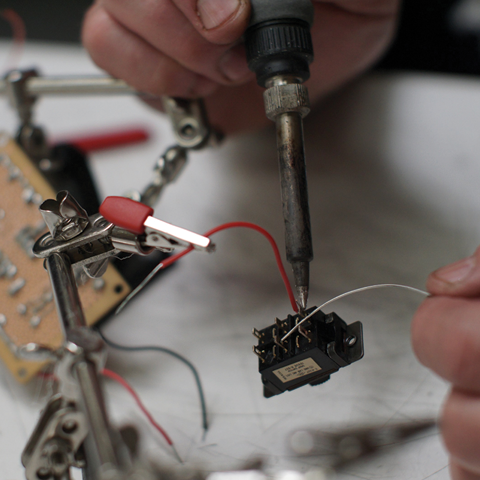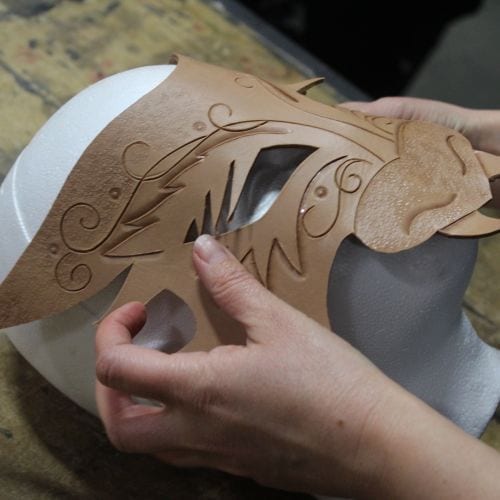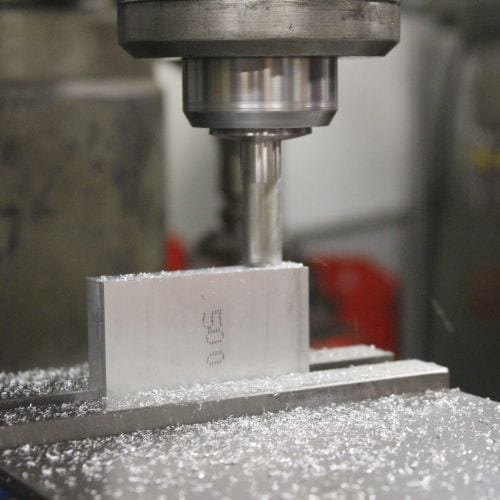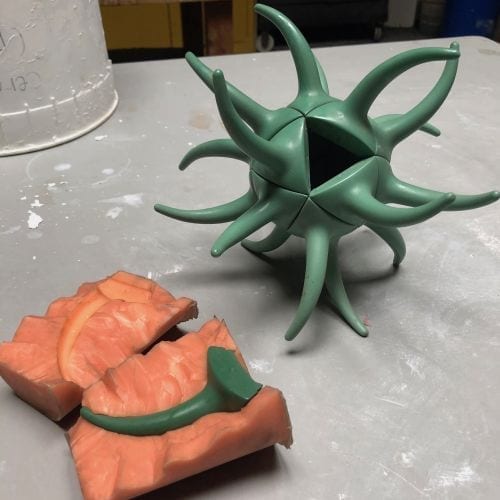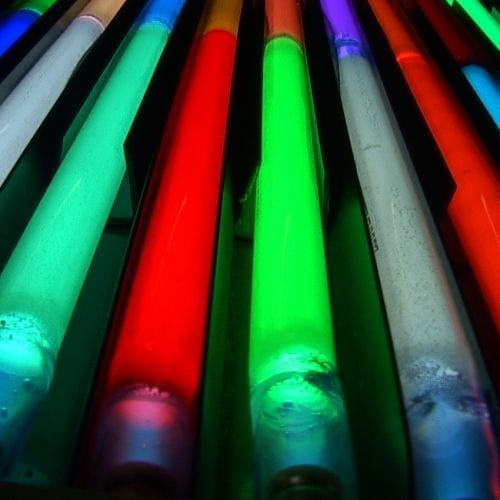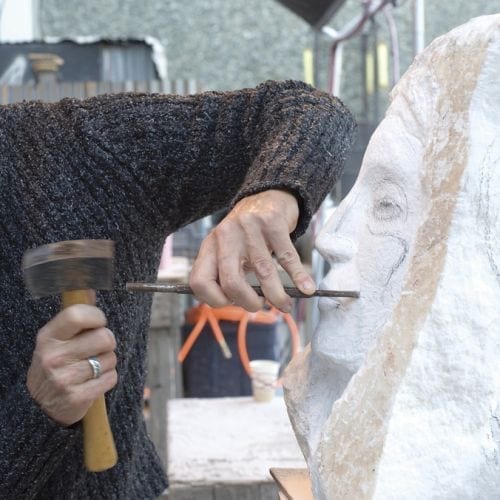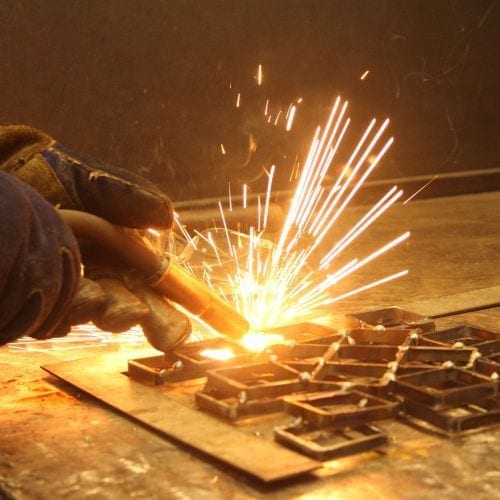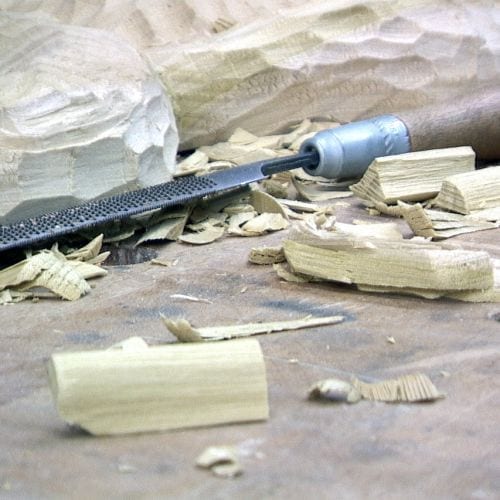Departments
If you’ve ever dreamed of learning the creative art of welding, blacksmithing, woodworking, glass blowing, enameling, ceramics, jewelry making, dancing with fire, pouring bronze, or other industrial arts, The Crucible is for you! We offer a variety of class formats in 20+ areas of study.
Bike Shop
Blacksmithing
Ceramics
Enameling
Fire & Performance
Foundry
Glass Blowing
One of the most recognized forms of glass art using the artists’ breath to inflate and shape molten glass on the end of hollow rods—beautiful, challenging and physically satisfying! Glass blowing is a popular area of study at The Crucible.
Glass Casting & Coldworking
Cold glass can be carved, cut, and drilled to create gorgeous pieces with unique surface textures and shapes. Kiln cast glass allows you to turn wax sculptures into solid glass art pieces or put a relief into a solid piece of glass.
Glass Flameworking
Glass Fusing & Slumping
Jewelry
Kinetics & Electronics
The possibilities of integrating movement and sound with artwork are endless: wind-powered mobiles, motorized robots, art cars, flaming sculptures, and more. The Kinetics & Electronics department focuses on mechanical and electronics-based movement to help you create dynamic and interactive artwork. Whether you want to create large-scale Rube Goldberg contraptions or tiny robots that literally have minds of their own, these classes will help you take your creations to the next level. Learn about motors, how to program microchips, where to find components, and how to (safely) set your work on fire!
Leather, Textiles, & Fine Art
Machine Shop
Moldmaking
Molds are used to produce everything from objects of art to kitchen sinks—both as a step in unique original creations and to make multiples. When you have a three-dimensional piece to duplicate, creating the right type of mold from the original is the first step. Whether you work large or small, in metal, resin, plastic or glass, our moldmaking classes give you a great foundation and teach you which technique and which materials to use for the best results.
Neon & Light
Stoneworking
Welding
Joining metal with heat is a fabrication process used since the Bronze Age, and new technology develops continually. The Crucible teaches beginning and advanced classes in four different kinds of welding: oxy-acetylene gas welding, arc or stick welding, metal inert gas (MIG) welding, and tungsten inert gas (TIG) welding. Start with a beginning class in one type of welding, or sample all four types in our Exploring Welding class.
